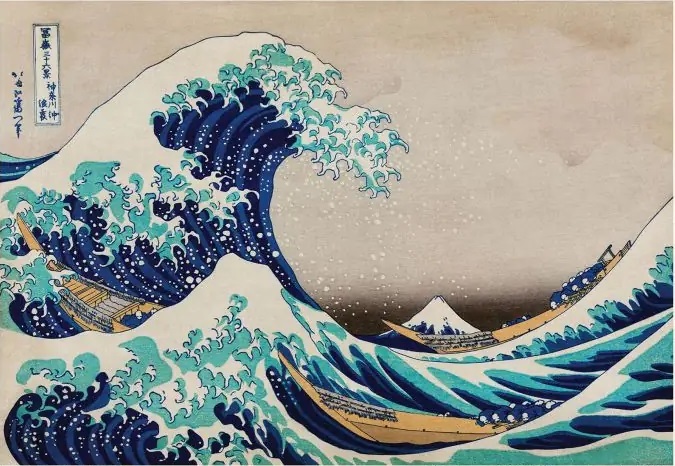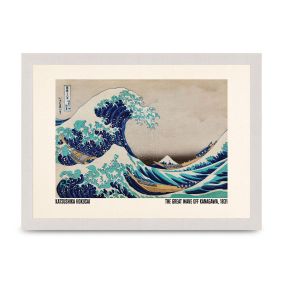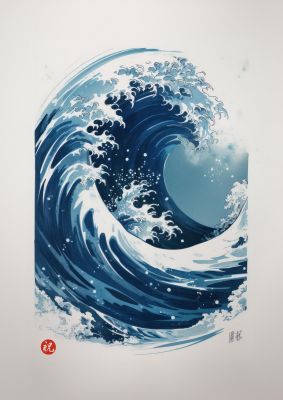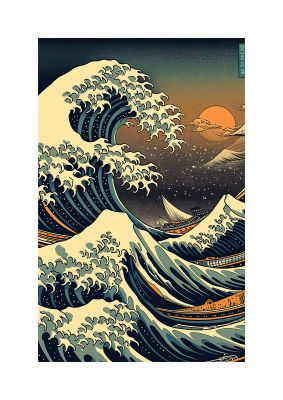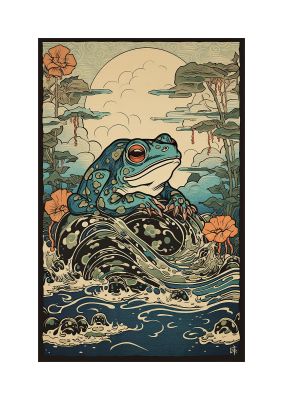Katsushika Hokusai is not just a notable figure in the world of art; he is a soaring giant. His influence spanned far across the borders of Japan, breaking into the hearts and minds of Europeans with his unique and revolutionary approach to the Japanese art form known as Ukiyo-e.
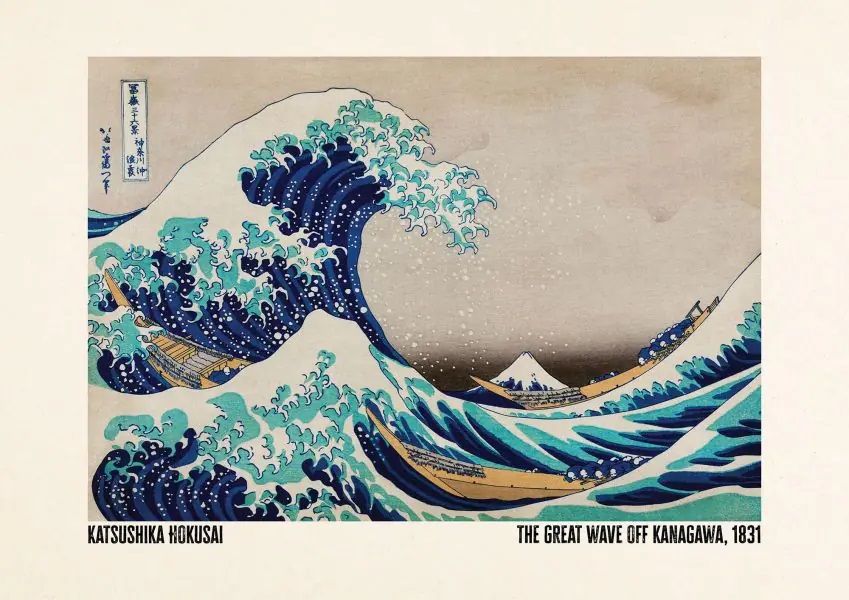
Come with us as we celebrate Hokusai’s enduring legacy and uncover some of the history that led to the huge wave of cultural success from one of Japan’s most widely recognised artists.
We begin our journey in 17th century Japan where “pictures of the floating world” emerged. This type of art, known as Ukiyo-e, was made by printing with carved woodblocks and focused primarily on portraits featuring geisha, courtesans, or kabuki actors. Created to depict the sensual hedonism of urban life within the Edo period, Japan, Ukiyo-e was indulgent, ephemeral, floating. New technology was being utilised, with the woodblock prints making art a more affordable, batch produced luxury for people to bring into their homes.
Hokusai, after spending his early life apprenticed to a woodcarver, would go on to create his own impassioned take on Ukiyo-e. His groundbreaking series, Thirty-six Views of Mount Fuji, and its seminal work, The Great Wave off Kanagawa, exemplifies this shift. Moving the genre to include landscapes, he expanded the scope and the impact it would have on both Japan and the rest of the world by portraying the figure of Mount Fuji in its most mythological and captivating majesty.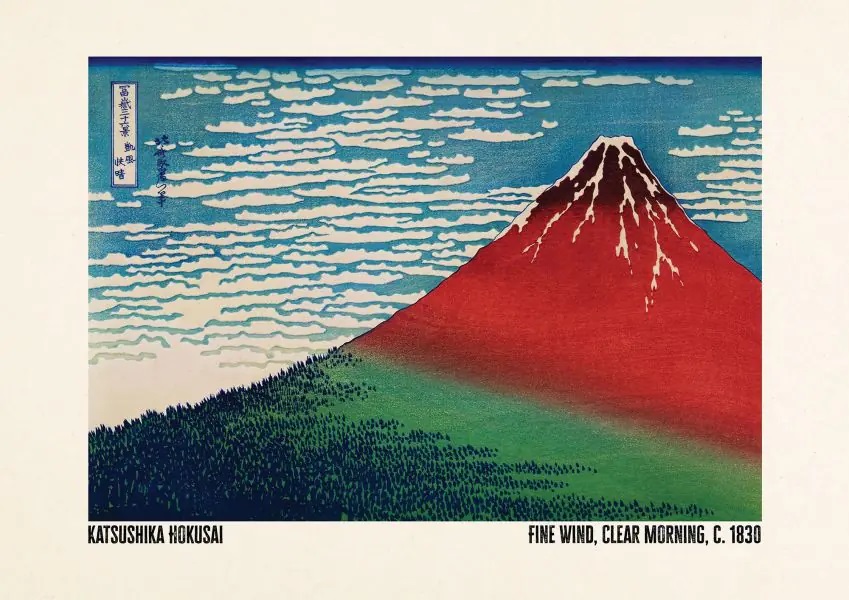
Known for his lifelong learning and evolution as an artist, Hokusai changed his name with each new phase of his career. These pseudonyms, from Shunrō to Gakyōjin, had significance to the deep transformations he made to his approach and style over the years, reflecting his journey and the transient world he depicted with such diligence.
The late 19th century saw Japan end its era of isolation, opening its doors to the West. This led to Japonisme, a French term for the craze of all things Japanese. Western artists were captivated by the stark beauty and unique aesthetic of Japanese art. Artists like Claude Monet and Vincent Van Gogh drew direct inspiration from Hokusai’s techniques and perspectives, which influenced the development of Impressionism and Post-Impressionism.
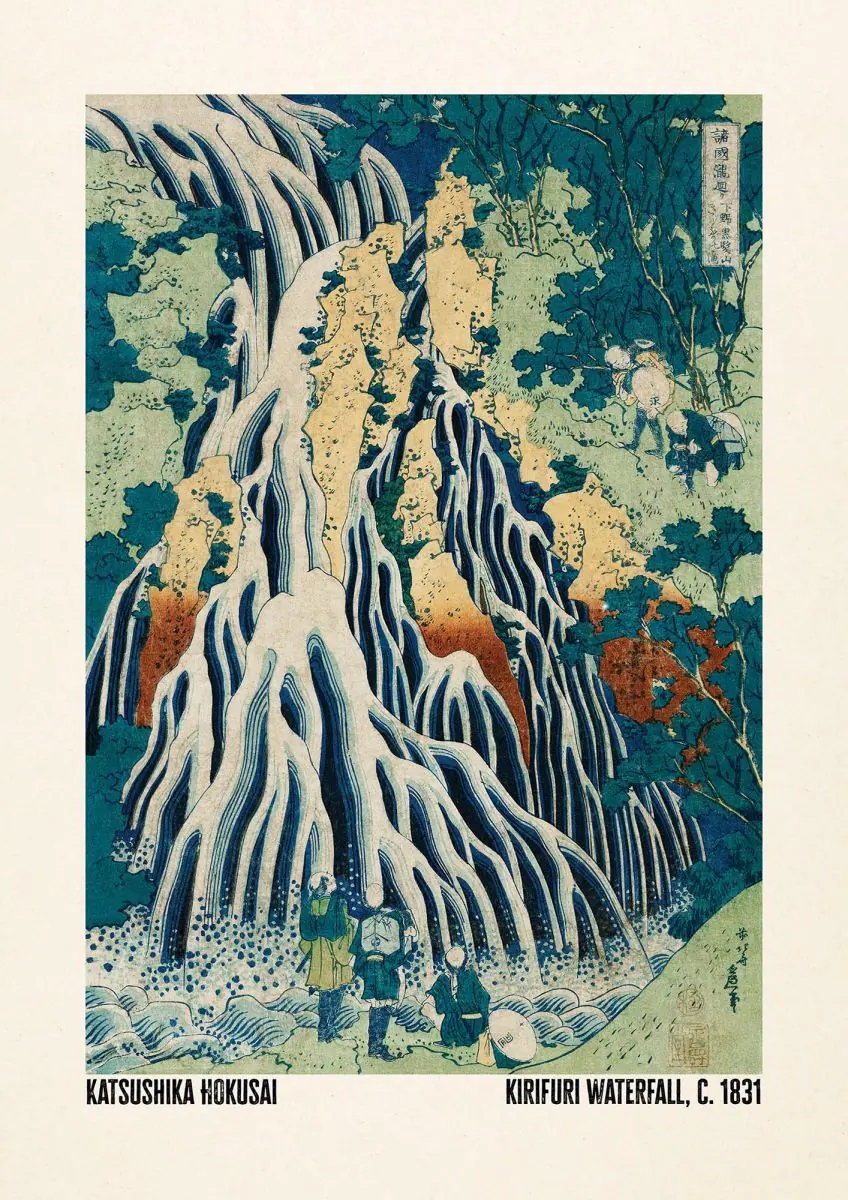
Hokusai’s influence extends beyond art. His ability to blend the traditional with the innovative speaks to a broader cultural exchange that continues to inspire appreciation for diversity within artistic expression.
At Lithobee, we are proud to contribute to this legacy by reproducing Hokusai’s prints with a commitment to authenticity and quality. Each piece is crafted to reflect the original’s detail and vibrancy, connecting contemporary audiences with Hokusai’s visionary work.
In today's world, where the appreciation for art moves beyond geographical and cultural boundaries, Hokusai’s work remains to be some of the most culturally relevant, timeless, and inspirational. His art is not only admired for its aesthetic and historical value but also for its ability to communicate the universal themes of beauty and nature, bridging together east and west.
By bringing Hokusai's prints into modern spaces, Lithobee helps make sure that the past is not forgotten but rather celebrated and incorporated into our daily lives.


